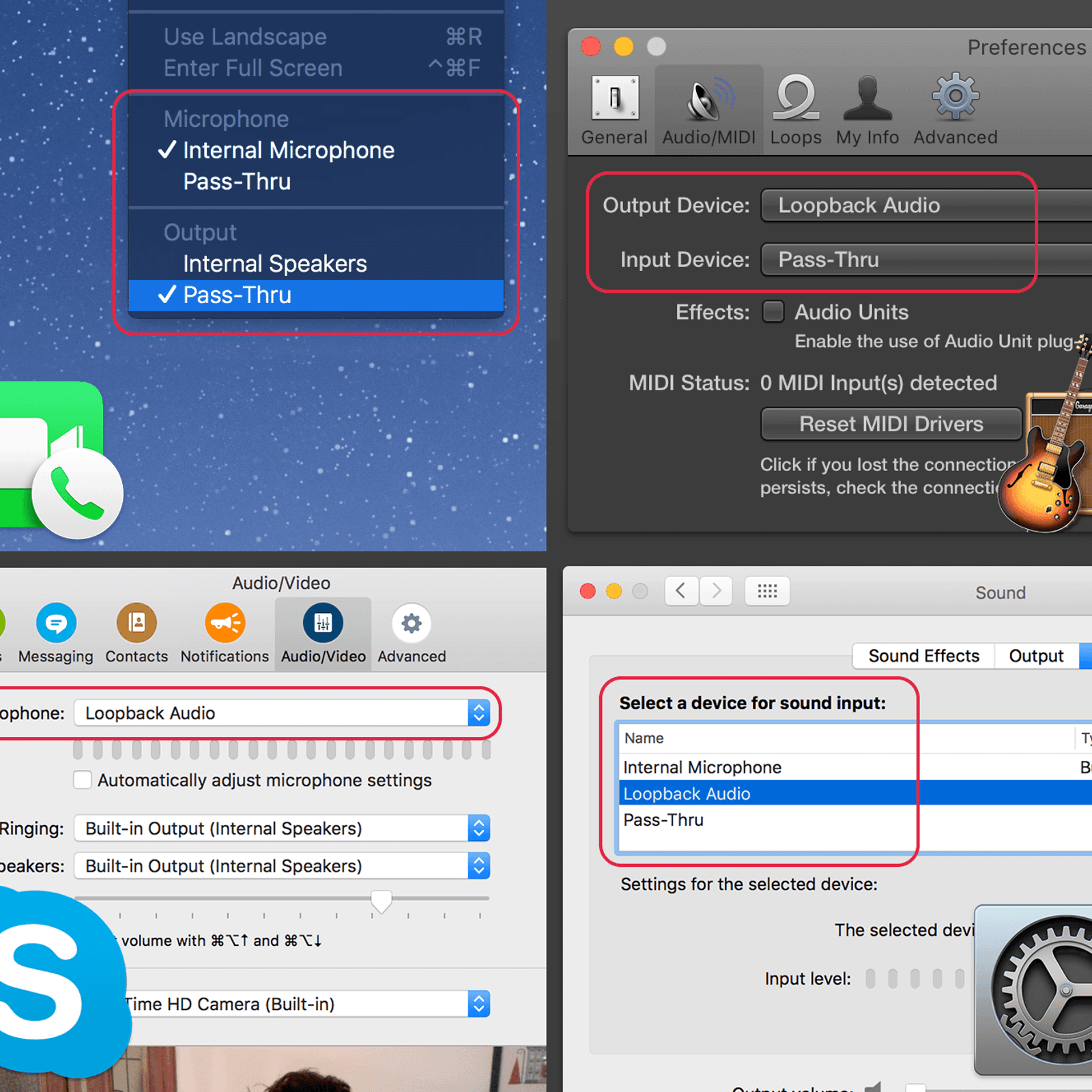Virtual Audio Cable (VAC) is an audio bridge between applications that transmits sounds (audio streams) from app to app, from device to device. VAC creates a set of virtual audio devices. Each device simulates an audio adapter (card) whose output is internally connected to the input, making a loopback. This virtual device effectively transfers the audio from the video playing in the background to a virtual microphone input. You can now select this 'microphone' in any app, or set it as default for all apps. The best part is that your standard audio is unaffected by this virtual device and you can use your real microphone whenever you want. Figure 1 illustrates how an app connects to a receiver device through the media router framework. Overview of how media route provider classes provide communication from a media app to a receiver device. Note: If you want your app to support Google Cast devices, you should use the Cast SDK and build your. ACX5048,ACX5096,SRX Series,vSRX. The Internet Protocol (IP) specifies a loopback network with the (IPv4) address 127.0.0.0/8. Most IP implementations support a loopback interface (lo0) to represent the loopback facility.
- Loopback 1 1 8 – Route Audio Between Applications Using Itunes
- Loopback 1 1 8 – Route Audio Between Applications Using Visual
The TV Input Framework (TIF) manager works with the audio routing API to support flexible audiopath changes. When a System on Chip (SoC) implements the TV hardware abstraction layer (HAL), eachTV input (HDMI IN, Tuner, etc.) provides TvInputHardwareInfo that specifies AudioPort information for audio type and address.
- Physical audio input/output devices have a corresponding AudioPort.
- Software audio output/input streams are represented as AudioMixPort (child class ofAudioPort).
Anamorphic pro 2 1 – professional lens blur tool repair. The TIF then uses AudioPort information for the audio routing API.
Figure 1. TV Input Framework (TIF)
Loopback 1 1 8 – Route Audio Between Applications Using Itunes
Requirements

A SoC must implement the audio HAL with the following audio routing API support:
| Audio Ports |
|
|---|---|
| Default Input | AudioRecord (created with DEFAULT input source) must seize virtual null input source forAUDIO_DEVICE_IN_DEFAULT acquisition on Android TV. |
| Device Loopback | Requires supporting an AUDIO_DEVICE_IN_LOOPBACK input that is a complete mix of all audio outputof all the TV output (11Khz, 16bit mono or 48Khz, 16bit mono). Used only for audio capture. |
TV audio devices
Android supports the following audio devices for TV audio input/output. Hwmonitor portable.
system/media/audio/include/system/audio.h
Note: In Android 5.1 and earlier, the path tothis file is: system/core/include/system/audio.h
Audio HAL extension
How to extract multiple zip files. The Audio HAL extension for the audio routing API is defined by following:
system/media/audio/include/system/audio.h
Vmware player free mac. Note: In Android 5.1 and earlier, the path tothis file is: system/core/include/system/audio.h
hardware/libhardware/include/hardware/audio.h
Testing DEVICE_IN_LOOPBACK
Loopback 1 1 8 – Route Audio Between Applications Using Visual
To test DEVICE_IN_LOOPBACK for TV monitoring, use the following testing code. After running thetest, the captured audio saves to /sdcard/record_loopback.raw, where you can listen toit using FFmpeg.
Locate the captured audio file in /sdcard/record_loopback.raw and listen to it usingFFmpeg:
Use cases
Latest version of imovie 11. This section includes common use cases for TV audio.
TV tuner with speaker output
When a TV tuner becomes active, the audio routing API creates an audio patch between the tunerand the default output (e.g. the speaker). The tuner output does not require decoding, but finalaudio output is mixed with software output_stream.
Figure 2. Audio Patch for TV tuner with speaker output.
HDMI OUT during live TV
A user is watching live TV then switches to the HDMI audio output (Intent.ACTION_HDMI_AUDIO_PLUG). The output device of all output_streams changes to the HDMI_OUT port, and the TIF manager changesthe sink port of the existing tuner audio patch to the HDMI_OUT port.
Figure 3. Audio Patch for HDMI OUT from live TV.
|
